On Tuesday we crossed the Humber in the hope of seeing Cranes. We were to search in vain. There was a U3A group in the car park, which led to chaos and a car clash for which the driver declined to apologise. 10 days had passed since our last visit, and the Grasshopper Warbler, Bittern and Cuckoo had been silenced by the passage of time. While we listened and tried to glimpse a Sedge Warbler a female Bearded Tit flew across the path looking for food for her hungry brood. We also heard the squeal of a Water Rail, but it remained concealed in the reeds. Along the path were Reed Buntings, some bright Linnets and a distant Skylark. Herons, Little Egrets and Marsh Harriers were glimpsed in flight. From behind the hide we saw 2 Spoonbills and some Shelduck. The tide was high, so there were no waders. We carried on and were surprised to see 2 parties of Avocet take to the wing. Hidden Cetti’s and Reed Warblers accompanied our trek. We reached the distant path overlooking a marshy field from which it was possible to see several white birds. They were Little Egrets to be joined by 2 Spoonbills later. Other birds in the area included Gadwall, Shelduck, Shoveler and an Oystercatcher. A distant apparently black bird on investigation showed purple and green depending on the light - it was an unexpected Glossy Ibis. A Bittern boomed a few times from the reedbed near the breach in the river bank, but the Cuckoo let us down.
Avocets
On Thursday we were promised a fine sunny day, so we were rather surprised to arrive at a very cloudy and cool heath near York. When we stopped out of the wood into a field it all looked a lot more grim than the previous week, and the hay bales which had attracted three special species last week had been removed. At first it seemed as though this had led to the absence of all three special species. However, eventually a Yellow Wagtail did fly high over our heads, and a Corn Bunting did sing fairly close by, but the best songster of the bunch - a Woodlark - was most noticeable by its absence. The Corn Bunting may have encroached on the territory of another male, because later two were seen fighting in mid-air above the field. Lapwings and Skylarks also performed above this same field. In the afternoon the Corn Buntings had completely disappeared, but a Woodlark was yodelling away. Later, we found a family group of at least 6 individuals foraging among the furrows of a potato field.
We returned to the wood and walked along the southern edge and made towards the Heath. From there it was possible to hear two male “Whack-oos” calling from different directions, and a female was heard bubbling not too far away from our vantage point. We saw one male leaving a Silver Birch on the heath and making for the conifer wood. In this same area we saw Whitethroat, Willow Warbler and enjoyed a fine example of Garden Warbler song. Yellowhammers and Linnets were seen and heard in the same area.
We then travelled to a larger and more recently created heathland. Here, we were serenaded by an impressive Garden Warbler and accompanying Willow Warbler. On the return journey we briefly saw a pair of Bullfinches and a Yellowhammer. We were shown a fine photo on a phone of a large Tawny Owl. We heard one call at the large heath, but we failed to see it there, although a flying bird through the wood was spotted near an area which had been opened up to possibly attract Nightjars.
On Friday an unsettled day was forecast, so we had to drop our planned trip to an exposed venue and visit Ness End instead. From the car park we saw House Sparrows and Starlings entering nest boxes, a flyover Great Spotted Woodpecker and a Canada Goose family. Pat and Jane arrived early and saw a Bittern leave a reedbed from Main Hide, so there was no point waiting for it to come back. We walked the perimeter of the reserve instead. The place was swarming with Swifts with relatively tiny amounts of Sand & House Martins & Swallows. There were Tufted Ducks and Pochard on some ponds. We had occasional views of Willow Warblers & Chiffchaffs with Blackcaps being even harder to see. On the riverbank we found a female Cuckoo in a tree, she then flew past us by crossing over the River Humber. We couldn’t get in Reedy Hide because a foreigner (aka a Southerner) was firmly ensconced. However, the afternoon group saw a male Bearded Tit and nest building Marsh Harriers from there.
At the Hotel Pit we saw a Great Crested Grebe, Common Terns on rafts and drying Cormorants. Both groups heard loud Cuckoos at one of the newish open viewpoints. The morning group with less hide time were able to cross the road and checkout a different hedgerow. We saw 2 blackcaps and a field being exploited by a group of mixed Goose species.





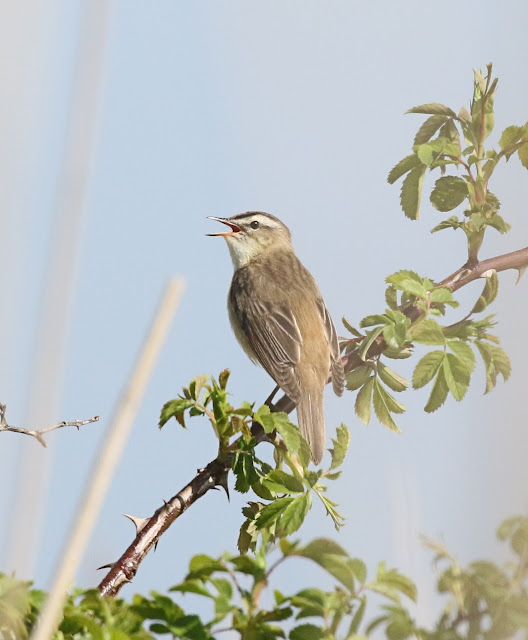
















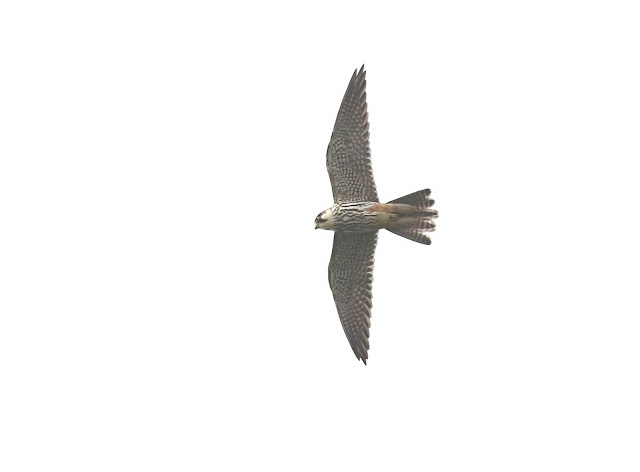
.JPG)
.JPG)






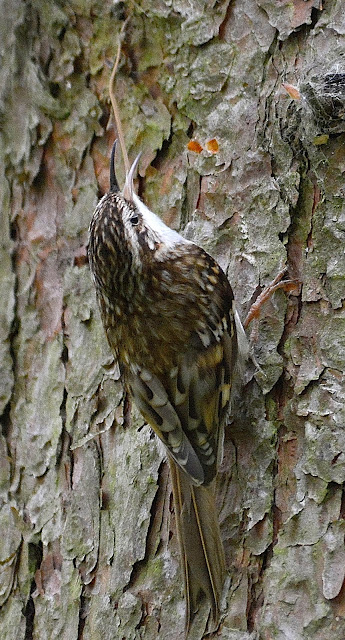












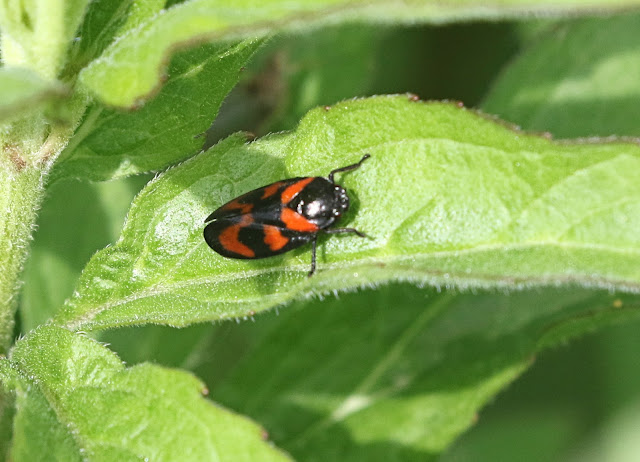
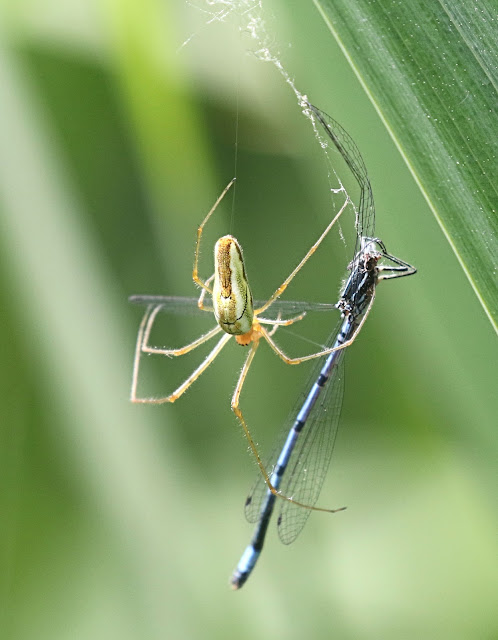












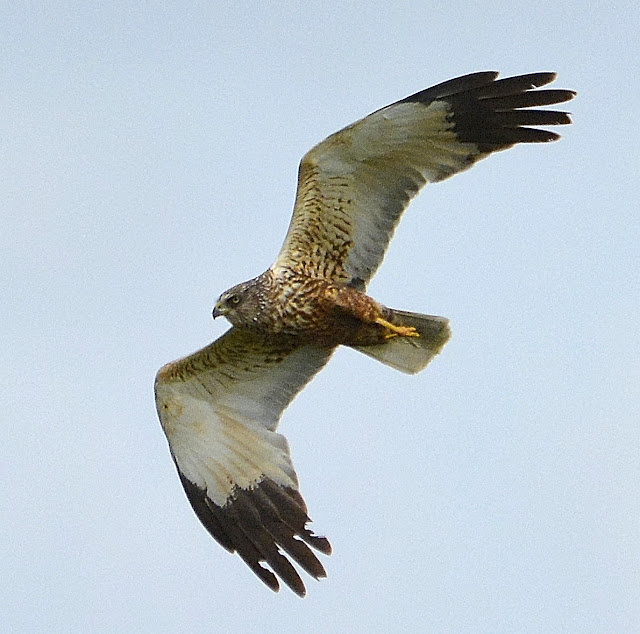





























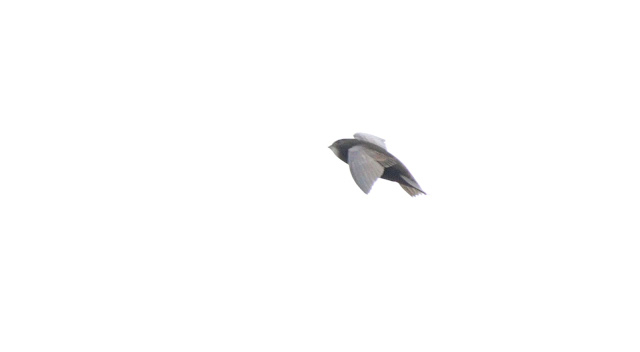



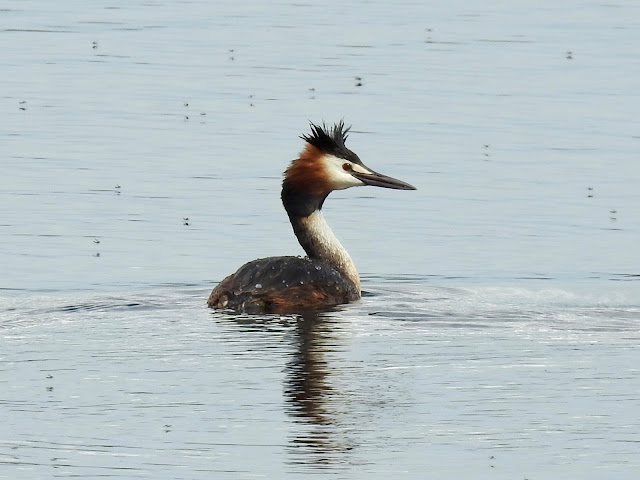
























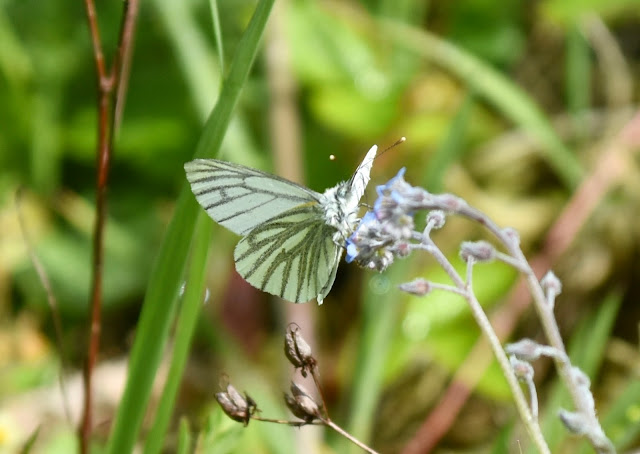

















No comments:
Post a Comment